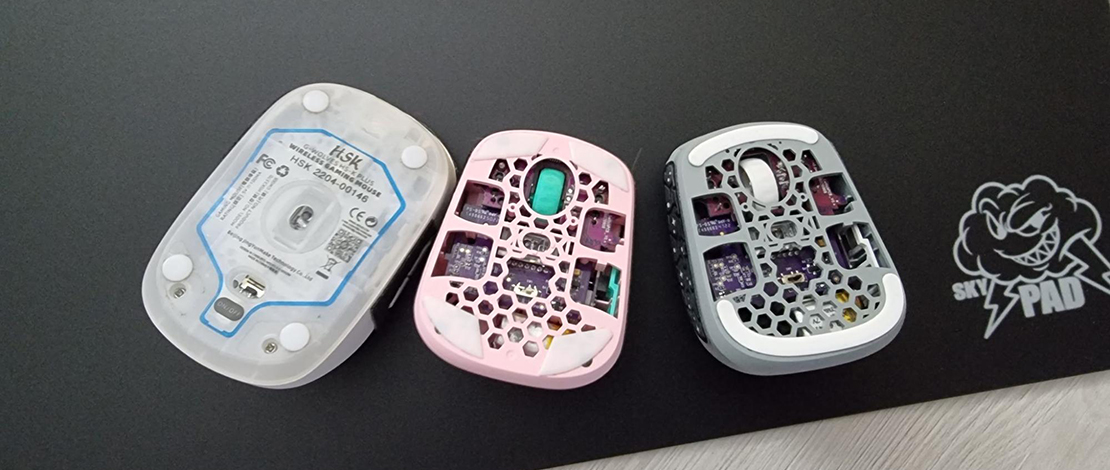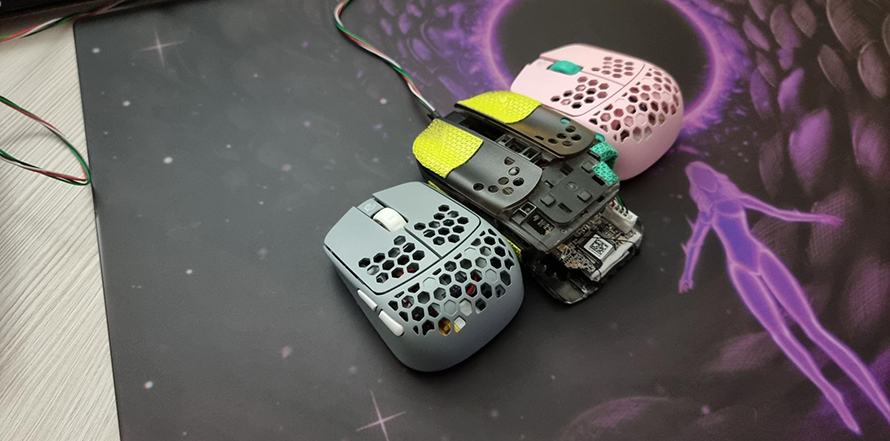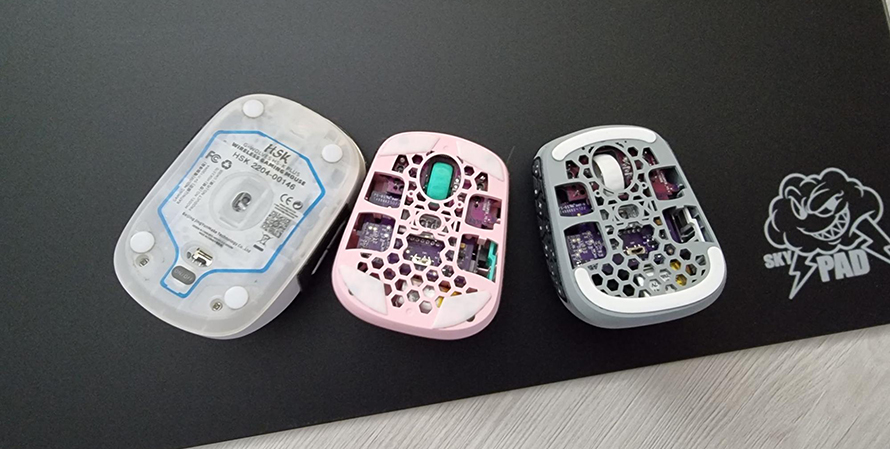Surface Consistency Issues With Glass Mousepads

I have been using glass mouse pads for quite a bit of time and these were always the best option in terms of a long-lasting investment since glass does not deteriorate like cloth. However, whenever discussing glass pad surfaces with my friends using the same pads we would somehow always end up describing things differently.

It was clear since the release of the SkyPad 2.0 (the first major glass pad to hit the market) that surfaces were all slightly different on each copy resulting in different experiences. This situation was the same with the SkyPad 3.0 and now with the Wallhack SP-004 (other glass pads are affected by the same issue to different degrees).
These kinds of small differences sparked a bunch of debate online for no reason (in my opinion) because the situation did not change at all and glass pads were ALWAYS all slightly different.
Variances and Tolerances in Manufacturing
Just like with any product, while manufacturing a glass mousepad certain tolerances and variances are within acceptable ranges for the product to be considered good in terms of QC (ex: CPU OC-ing better or worse). With glass pads this becomes tricky because a pad can be perfectly fine and “work as intended” but the surface is slightly different from the advertised version.
In essence, this depends on how good the manufacturer is at pumping out the same surface feeling on all of their glass pads consistently. This was an issue that every single glass pad dealt/will deal with and was a known situation in the community (at least from my understanding).
The simple version of all this is that two glass pads from the same brand could in fact have varying surfaces. In fact I was discussing this with my friend Killuminati at the release of the SkyPad 3.0 with our copies behaving differently. The conclusion was that simply put, some pads (manufacturers) have higher variance and some have less (the Empress for example seems to be consistently described in the same way).
Other Variables
It is also important to note that while describing the surface of a glass pad, just like with any other pad it is important to note the type of skates, mouse weight, grip style, humidity, and varying other factors. The same pad can be described differently by 2 different people using varying techniques and peripherals (half mouse at 25g with dots = much faster than 60+g mouse with full skates on a glass pad).

The good part is that most people have been trying to eliminate said variables when discussing surface properties which is a step in the correct direction – do not compare dots with full skates, speed skates vs control skates, etc. As mentioned above, even the way you hold your mouse and how much it weighs can affect the way you perceive the surface.
Simply put, accept the fact that in any form of comparison, there will be a degree of subjectivity and roll with it – reviewers already say “this is my opinion” or “in my experience” so take it exactly as they mean it (a simple example of a comparison between a 3.0 and 4.0 explaining the differences with their copies).
TL;DR
The point of this piece is to share more information and, if possible, to stop people from fighting when two contradicting experiences can be objectively correct. It is all down to how well put in place the manufacturing process is (producing the same surface with minimal degrees of variance) and how similar the other factors are like skates, mice, or did you perhaps spill superglue on the pad before testing.